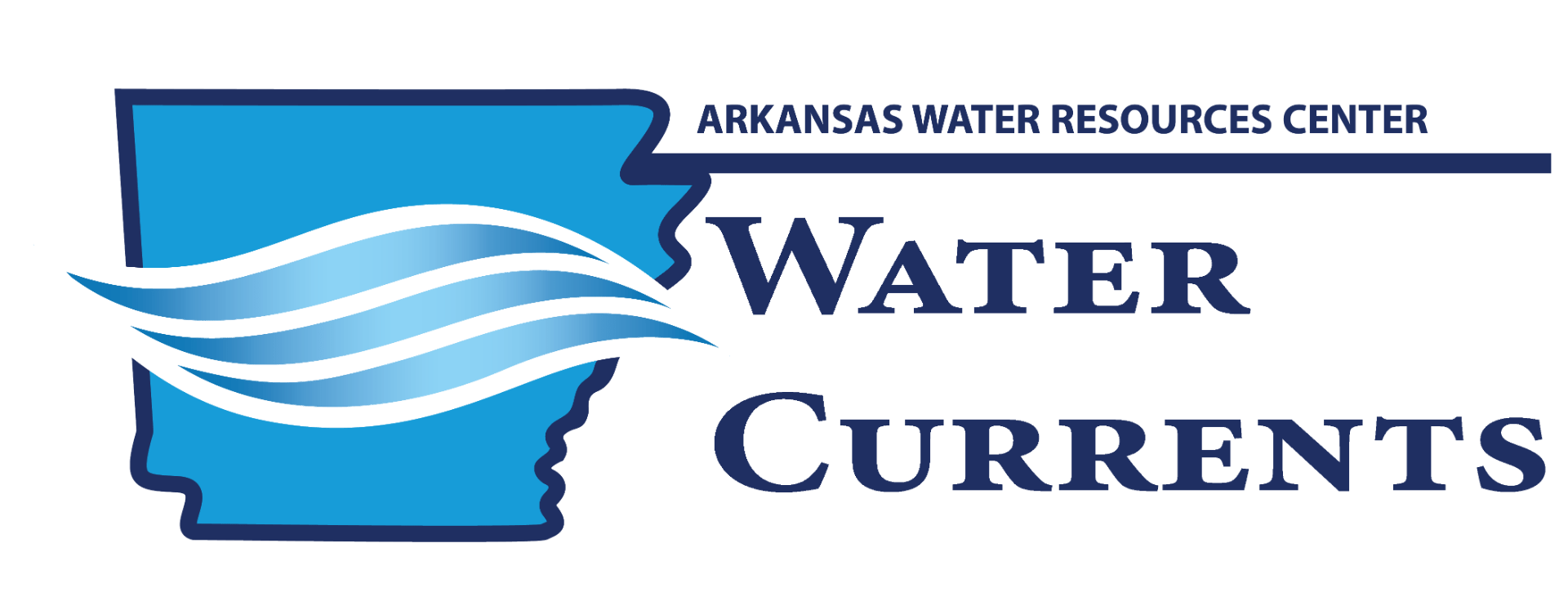
Monitoring Arkansas Drought Patterns Through Remote Sensing

Remote sensing through satellites and Google Earth Engine can be a timely and cost-effective way to analyze patterns. This works for drought patterns in addition to ground-based measurements.
Zurqani, assistant professor of Geospatial Science in Resource Management and Conservation at the University of Arkansas at Monticello, led this study. His team used these techniques to research drought patterns in Arkansas. The study highlights the value and importance of these techniques.
The AWRA funded this study through the U.S. Geological Survey 104(b) program. This program funds research to address water issues in Arkansas.
The primary objectives of his study were three-fold. The first was to quantify drought patterns in Arkansas. The next was to investigate the correlation between drought and vegetation cover in the area. The final was to develop a user-friendly app to show drought patterns. This app would help show the drought impact in Arkansas over the past decades.
Arkansas is classified as a humid subtropical state. However, it has a history of severe dry periods and droughts. These droughts can result in crop failures, leading to millions in agricultural losses.
The region is diverse, but agriculture drives the economy, with forests covering more than half the state. These factors have made Arkansas an ideal state to study the impacts of droughts.
The data used in this study came from the Google Earth Engine (GEE) cloud platform. This program allows researchers to have real-time access to datasets from the U.S. Geological Survey (USGS). It also allows data manipulation and analysis.
One method the team used was to create monthly and seasonal drought maps. These maps showed the frequency of drought patterns using the Vegetation Health Index (VHI). This satellite-derived metric integrates information on vegetation health and temperature conditions. The VHI is calculated using the Vegetation Condition Index (VCI) and the Temperature Condition Index (TCI), allowing researchers to assess vegetation’s drought stress.
Using the information from the map, the temporal trend was analyzed for the VHU, VCI, and TCI to demonstrate the effect of drought on mainland crops. Then, a correlation analysis was performed.
By analyzing this data in multiple ways, Zurqani and his team observed regional drought patterns. The highest drought season in Arkansas occurred in March, while November saw the least. However, the severity varied in the southeastern and southwestern regions of the state.
They also found that the accuracy of remote sensing data may vary due to factors like cloud cover, atmospheric conditions, and sensor calibration. Therefore, validating the data with ground-based measurements is crucial to ensure accuracy.
The team showed that the cloud-based framework for evaluating drought and vegetation is useful for Arkansas. This type of work should be continued and expanded. This framework can serve as a valuable tool for ongoing monitoring and assessing the effects of drought on vegetation and agriculture in the state.
The research findings and tools developed by Zurqani and his team will help Arkansas policymakers, and stakeholders make informed decisions about water management and agriculture.
Read more about Zurqani’s research in his open-access publication.















